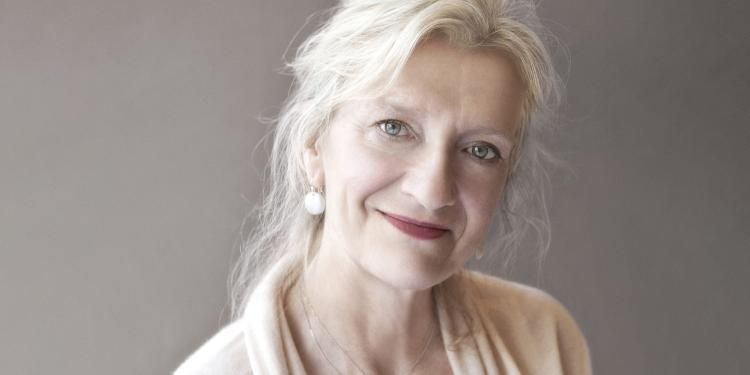My Name is Lucy Barton (2016) tells Lucy’s backstory in hindsight from her hospital bed. Raised in Amgash, Illinois, Barton’s family home was violent because of her father and alienating because of her mother. Finding solace in writing, Barton cuts herself off from her family as an adult. A reunion is forced when her husband, William, a man who hates hospitals (and with whom we know Lucy has a complicated relationship), sends Lucy’s mother to her bedside.
Strout’s next book Anything Is Possible (2017) is about the community surrounding Lucy Barton when she was growing up in Amgash and what has become of them since she left – and since she, now ‘a famous writer’, published her ‘memoir’. (This is the third Lucy Barton book and it’s either a novel or a collection of short stories depending on who you ask.) Lucy is barely visible here and only seen through the eyes of others.
The hospital-hater returns in Oh William! (2021). Here Lucy is grieving her late (second) husband, David, and reconnecting with William, who we now realise was her first husband. In the next novel, Lucy By the Sea (October 2022), Lucy and William find themselves in quarantine together in Maine, thanks to the pandemic. In this outing Lucy, previously the anchor and ‘known factor’ in all these narratives, contemplates her shifting and uncertain identity. And just to complete the ‘story within a story’ feel, Strout fans will know that her other beloved character, Olive Kitteridge – who has her own story mini-cycle (Olive Kitteridge, Olive Again: Strout’s third and seventh novels or short story collections, again depending on who you ask) – is from Maine. And so there is an inevitable crossing of worlds here.
The unifying force in this story cycle? It’s not Lucy or Olive, of course. It’s Strout’s unique way of seeing the world. She zooms in and out like a master cinematographer, examining lives, characters, locations, memories and connections, as if turning over a snow globe and studying it from everything possible angle and then shaking it again to start afresh. The effect is unsettling, eerily realistic and strangely close to non-fiction. As the novelist Ann Patchett has written of Strout’s work: ‘I believed in the voice so completely I forgot I was reading a story.’





















